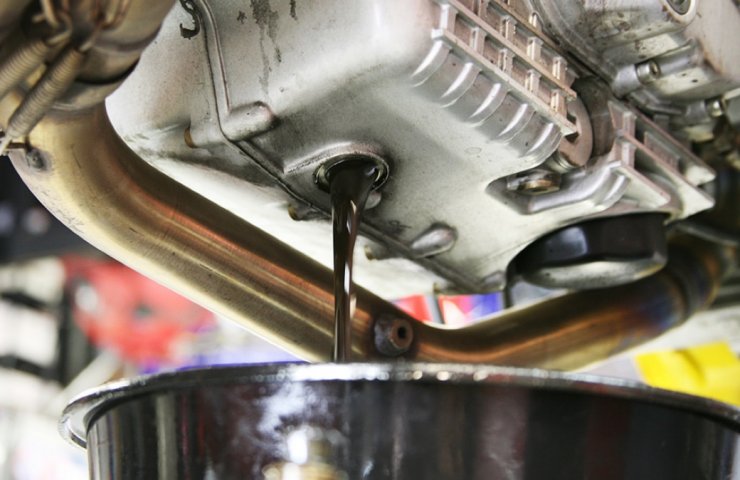Liquid type of fuel used as combustion in relatively small furnaces. It is characterized not only by stable quality, but also by the ability to maintain fluidity even at very low temperatures. High-quality dark heating oil does not leave behind a specific smell. Ensuring the operation of boiler equipment in the most normal conditions during the entire heating period.
The main difference from diesel fuel
The main difference is that the product of oil refining does not lose its viscosity with decreasing ambient temperature, unlike diesel fuel. But, on the other hand, the product has a greater lubricity, less purification from complex carbon impurities. Other features worth adding:
- significantly lower cost;
- is used exclusively in heating boilers;
- produces quite a lot of heat;
- burns well without leaving black smoke behind;
- suitable for both residential and industrial applications.
Fuel has proven itself from the economic and operational point of view as heating of livestock farms. The low cost and easy operation of automatic equipment makes it popular on a par with conventional natural gas.
Storage and use
Since the oil product is not afraid of low temperatures, does not freeze and does not change its chemical characteristics, it can be stored powerfully in metal containers without additional heating. But, the optimal storage conditions will be underground tanks with a stable positive temperature. The main areas of use can be added:
- Boiler room for enterprises and small farms.
- Heating of a private house or cottage.
- Combustion in small furnaces of household plots.
- Maintenance workshop.
- In rare cases, the operation of the generator set.
Steam boilers and industrial furnaces can very easily switch from operation on fuel oil or diesel fuel to dark heating oil. Its application will increase the economic performance. Preliminary cleaning tanks from the old type of fuel will allow you not to mix two different liquids. This must be done due to the absence of future clogging. When filling the container, it is imperative to leave approximately 10% free space. Since fuel tends to expand with increasing temperature.





